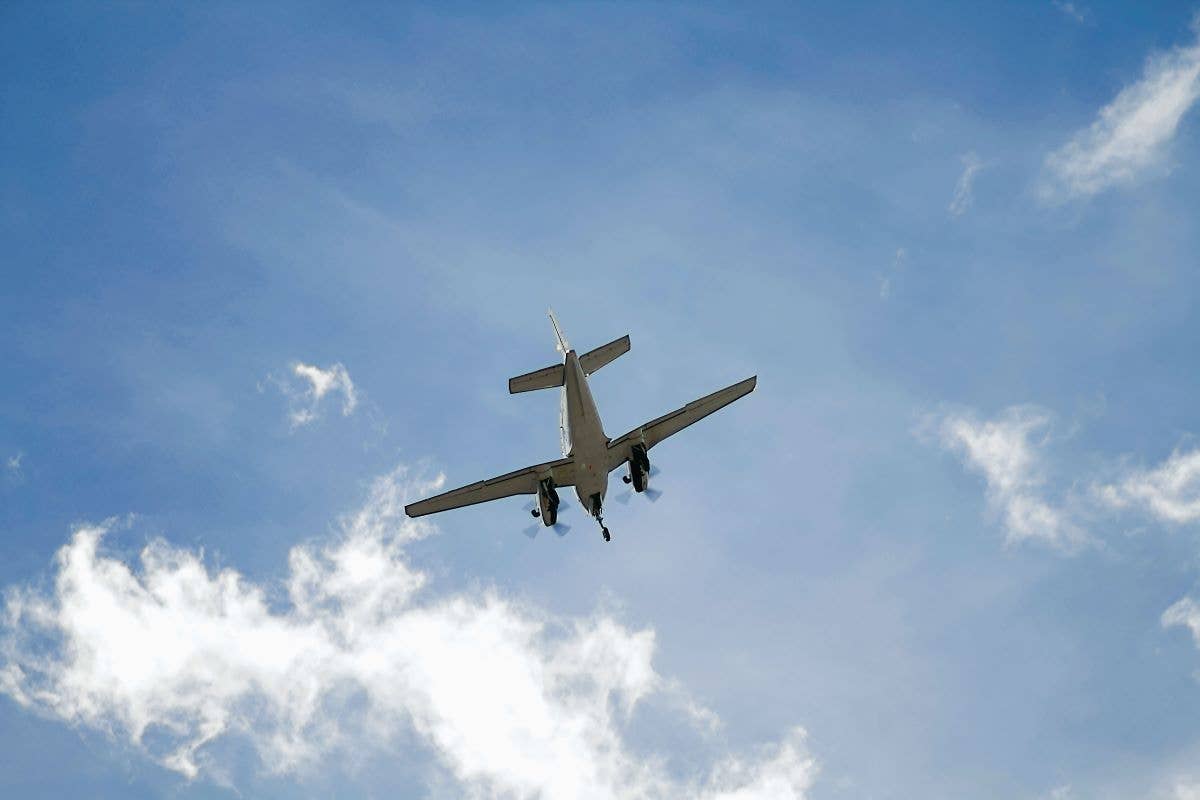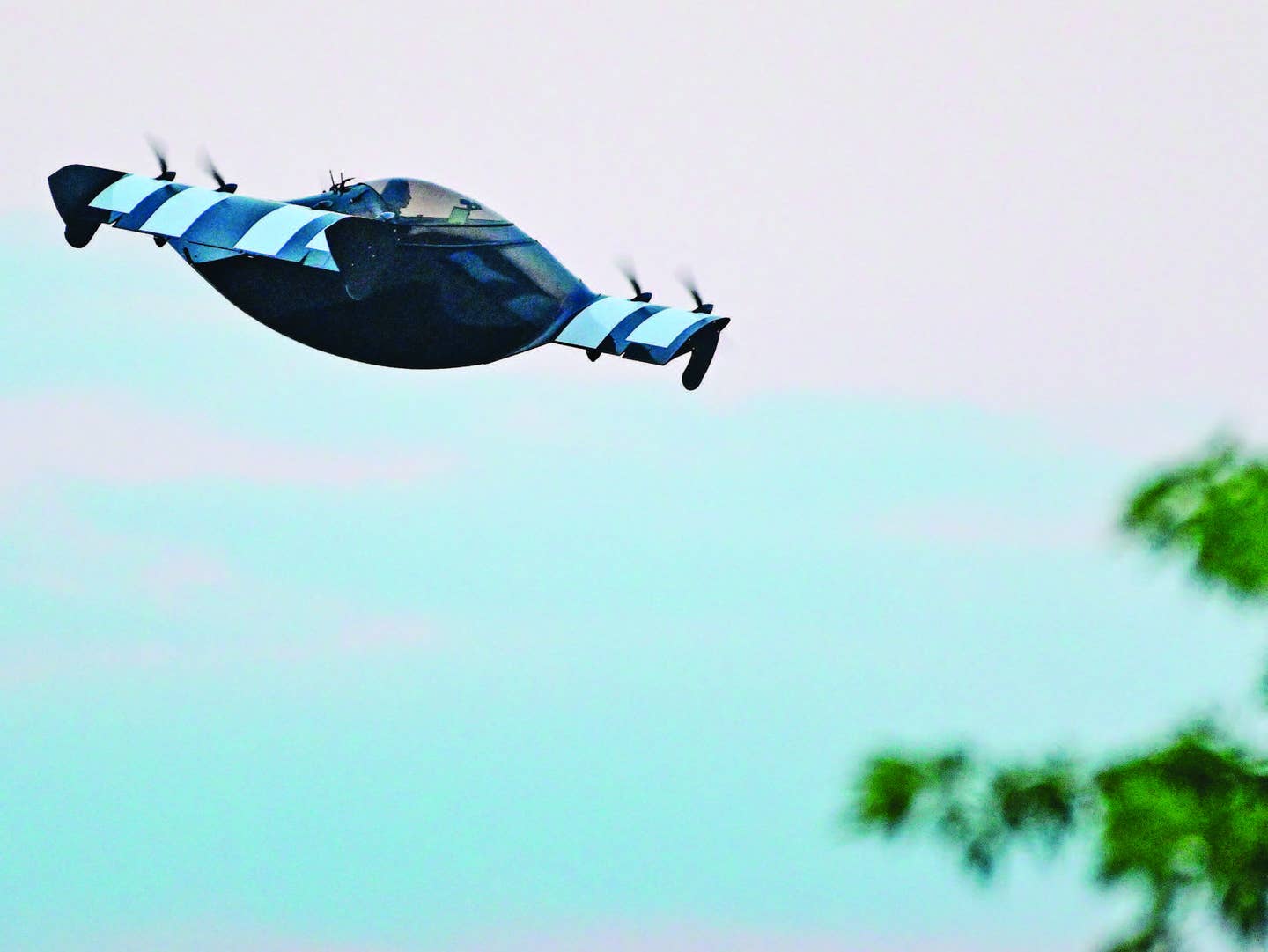
[Adobe Stock]
It has often been said, never more so than by FLYING’s erstwhile editor, Richard Collins, that a single-engine airplane is a better bet than a twin if an engine fails right after takeoff, because the chance of the pilot of a twin successfully handling the emergency is so small. This paradox applies, to be sure, to recips, with their meager surplus power. Turbines have it easier. Still, the single-engine pilot has only one task: land. Twin-engine pilots have their hands full.
If you're not already a subscriber, what are you waiting for? Subscribe today to get the issue as soon as it is released in either Print or Digital formats.
Subscribe NowWe generally don’t hear about the successful engine-out emergencies unless in private conversations; most of them don’t come to the attention of the authorities. Maybe there are more than we think. We hear about enough unsuccessful ones, however, to suggest that the challenge can be overwhelming.
Expectation plays a role. Twin pilots expect to save both the airplane and themselves. Their object, consequently, is to execute the go-around correctly, not to find a smooth place to crash. If they make a mistake,their situation is worse than that of the single-engine pilot. The single-engine pilot begins the emergency landing in control; the main requirement is to avoid stalling. The twin pilot does not even entertain the idea of an off-airport landing until things have gotten out of control. By then, it may be too late.
The crash of a Piper Twin Comanche in 2004 illustrates how quickly things can go wrong even when the pilot appears to be in a relatively good position as the engine failure occurs.
The airplane, manufactured in 1966, had a number of STC modifications, including tip tanks, 200-hp IO-360 engines in place of the stock 160-hp IO-320s ,and a STOL kit that increased its gross weight from 3,600 pounds to 3,800 and lowered its single-engine minimum control speed from 78 to 70 knots. Although only two people were aboard, baggage and fuel brought the airplane to just a few pounds under gross. The National Transportation Safety Board, obliged to call attention to every discrepancy, noted that the tip tank STC required that any weight above 3,650 pounds be carried symmetrically in the tip tanks, but, in fact, the tip tanks were empty. Only if the crash had been due to a failure of the wing structure, however, would that fact have mattered. It had no bearing on the loss of control.
The weather was clear, the wind from 300 degrees at 16, gusting to 22. The pilot, who had a total time of around 600 hours and 150 hours in the Twin Comanche, took off from Runway 26. Witnesses reported that the airplane became airborne, climbed to 200 or 300 feet, and briefly banked left. One witness reported a sputtering sound, similar to that of a power reduction to idle, just before the first left bank. The airplane then leveled out and appeared to be flying stabilized before it again banked left and descended until it hit the ground, still within the confines of the airport, having turned more than 180 degrees. Data retrieved from a recording engine monitor showed an abrupt EGT drop on all four cylinders of the left engine. The magnitude of the drop, vastly in excess of that observed in an engine tested at the Lycoming factory by suddenly shutting off both fuel and ignition, baffled the NTSB’s technical analysts. (Whether the EGT thermocouples on the accident airplane were of the same type as those used in the Lycoming test is not revealed.) The NTSB dwelt at length on the possibility of water or some other contamination in the fuel, but finally conceded that the reason for the loss of power could not be determined. In any case, the fact that the engine quit—dead—was never in doubt.
From the witness reports, it seems likely that the airplane was still on the runway heading when the engine failed. When it began its final left turn, its ground speed was 77 knots. Assuming that the headwind component of the quartering 16-to-22-knot wind was at least 10 knots, the airplane would have been indicating 87 knots or more and had a margin of at least 17 knots over VMC, the single-engine minimum control speed. In theory, it should have been in good shape.
The good engine, on the right, was the “critical engine,” that is, the one with the more powerful destabilizing tendency. But that did not matter because the pilot failed to accomplish an essential step. He did not feather the left propeller.
The flight manual procedure for power loss involves several steps—the same steps as apply, with variations in detail, in all engine-out situations in reciprocating-engine airplanes. The first was to fully open the throttle of the operating engine to maintain altitude and an airspeed of at least 84 kias, that being presumably the single-engine best rate of climb speed. The next steps were to close the throttle of the inoperative engine, pull the mixture to idle cutoff, and pull the prop control into the feather position. (Closing the throttle increases the drag of the windmilling propeller slightly, but if the prop is promptly feathered, it’s not for long.) When the airplane turned 180 degrees, its ground speed was 92 knots; it was 84 at the last recorded data point before impact. Subtracting rather than adding the wind component now, it appears the aircraft did not accelerate. The windmilling propeller was the probable culprit, although it’s possible, if the pilot failed to feather the prop, that he also failed to command full power from the good engine. The fact that he turned from upwind to downwind was not hazardous in itself, but close to the ground, it can produce a distracting sense of flying sideways at excessive speed.
Why does the pilot of a twin-engine airplane, when he has one good engine and the necessary airspeed, fail to cope successfully with the emergency? Lack of time is one reason. At 200 or 300 feet, the whole sequence—identify the failed engine, correct yaw, control airspeed, feather, and bank into the good engine—must be executed swiftly and flawlessly. Another could be mental or physical paralysis produced by the airplane’s failure to respond to the controls. He wanted it to turn right, but it kept turning left. People freeze. Thought stops. Panic takes the reins.
When a twin with an engine out slows and cannot be controlled, there is still one life-saving strategy left to the pilot: to power down the good engine and land straight ahead. It is the potential for loss of control that Collins thought made a single safer than a twin. But rational thoughts are fleeting in an emergency, and it might be hard to remember that minimum control speed applies only when the good engine is developing power. Power is good, altitude and speed are good, but nothing is as good as control.
This article is based on the National TransportationSafety Board’s report of the accident and is intended to bring the issues raised to our readers’ attention. It is not intended to judge or to reach any definitive conclusions about the ability or capacity of any person, living or dead, or any aircraft or accessory.
This article was originally published in the May 2023, Issue 937 of FLYING.

Sign-up for newsletters & special offers!
Get the latest FLYING stories & special offers delivered directly to your inbox







